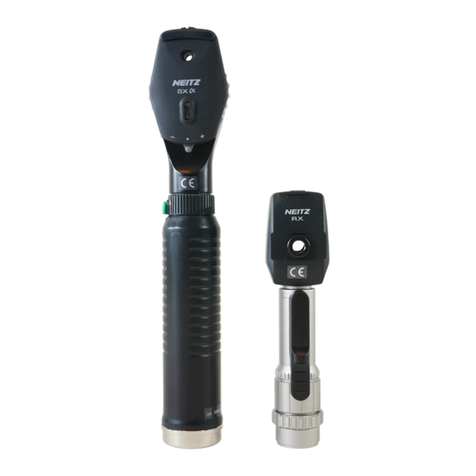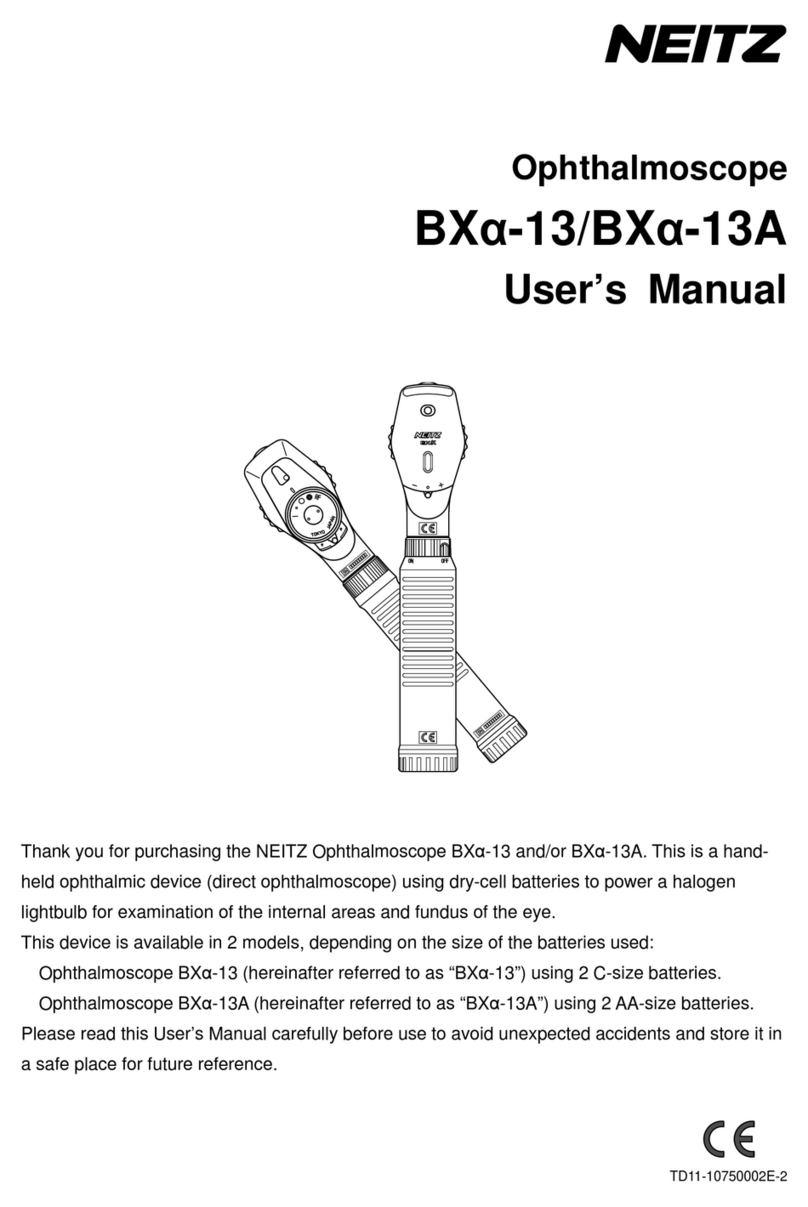
i
Table of Contents
1Important Information................................................................................................................2
1.1 Intended Use...................................................................................................................... 2
1.2 Symbols ............................................................................................................................. 2
1.3 Safety Information..............................................................................................................3
1.4 Labeling on Package.........................................................................................................5
2Checking Package Contents..................................................................................................... 6
2.1 Composition.......................................................................................................................6
2.2 Nomenclature..................................................................................................................... 7
2.2.1 IO-α Main Unit ............................................................................................................7
2.2.2 IO-BPⅡ...................................................................................................................... 9
3Operation.................................................................................................................................10
3.1 Preparation ......................................................................................................................10
3.1.1 Charging the IO-BPⅡ............................................................................................... 10
3.1.2 Attaching the IO-BPⅡ.............................................................................................. 10
3.1.3 Connecting the IO-BPⅡto the Scope Unit................................................................11
3.2 Operation......................................................................................................................... 12
3.2.1 Wearing the IO-α...................................................................................................... 12
3.2.2 Positioning the Scope Unit....................................................................................... 12
3.2.3 PD Adjustment..........................................................................................................12
3.2.4 Illumination................................................................................................................12
3.2.5 Examination..............................................................................................................13
3.2.6 Using the Teaching Mirror......................................................................................... 15
3.2.7 Turning Illumination Off............................................................................................. 15
4Maintenance............................................................................................................................16
4.1 Cleaning...........................................................................................................................16
4.1.1 Cleaning the Optics.................................................................................................. 16
4.1.2 Cleaning the Headpad.............................................................................................. 16
4.1.3 Cleaning Other Exterior Parts .................................................................................. 16
4.2 Replacing the LED Bulb................................................................................................... 16
4.3 Replacing the IO-BPⅡ....................................................................................................17
4.4 Disposal........................................................................................................................... 17
5Troubleshooting....................................................................................................................... 18
6Specifications..........................................................................................................................19
7Contact Information.................................................................................................................20
ANNEX A........................................................................................................................................21
ANNEX B........................................................................................................................................ 22





























